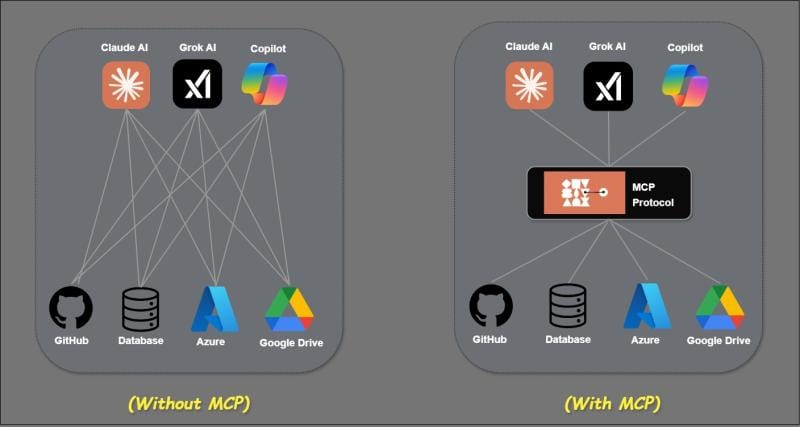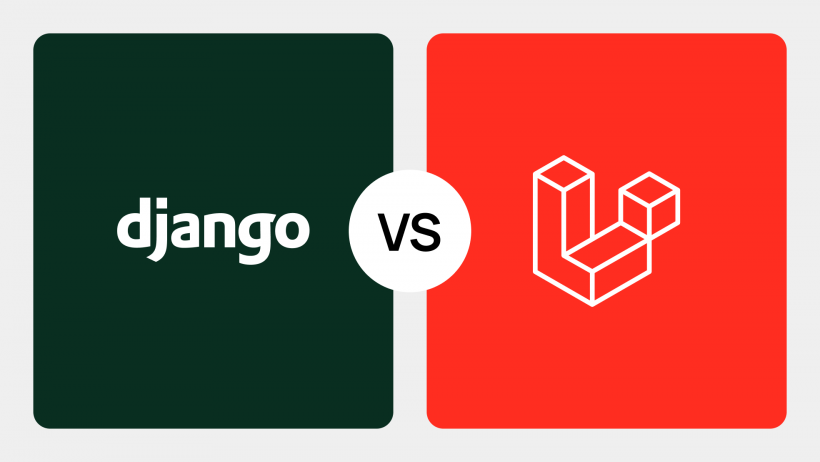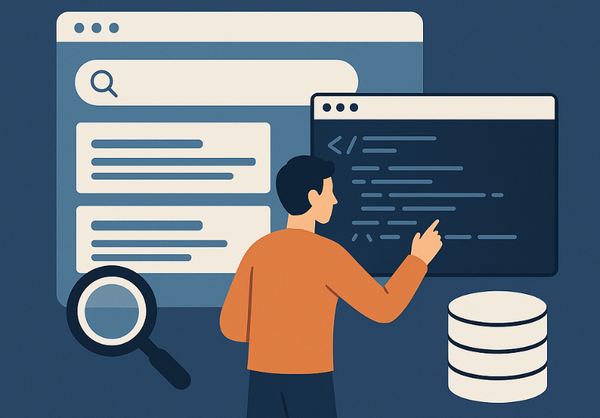Understanding Model Context Protocol (MCP): What It Is and Why It Matters
MCP is a protocol designed to standardize how contextual information is exchanged between applications and large language models (LLMs).

In the rapidly evolving world of AI, one of the key challenges is maintaining coherence and grounding across interactions—especially when models interact with apps, data, or multi-turn user conversations.
That’s where Model Context Protocol (MCP) comes into play.
MCP is a protocol designed to standardize how contextual information is exchanged between applications and large language models (LLMs). It allows models to better understand the current task, past interactions, user preferences, and even organizational knowledge—leading to smarter, more accurate, and more useful responses.
What Is MCP?
MCP defines a structured way to pass context into AI models. Context can include:
- User profile and preferences
- System state (e.g., what the user is working on)
- Relevant documents or past chats
- Available tools or APIs the model can call
- Goals or instructions for the session
This context is delivered in a consistent format, enabling models to behave more like intelligent agents instead of just stateless chatbots.
Why Is MCP Important?
Without MCP, models operate in a vacuum. They respond only to the current prompt, forgetting everything else. MCP introduces:
- Persistence – The model remembers the task across turns
- Grounding – It knows what tools, data, or actions are available
- Personalization – Responses align with user goals and preferences
- Interoperability – Applications can more easily talk to AI systems in a standardized way
Real-World Use Cases of MCP
Here are some of the most exciting ways MCP is already being used—or soon will be.
1. AI Agents in Productivity Apps
Imagine a tool like Notion, Microsoft 365, or Google Docs using MCP to provide the model with:
- The user’s calendar
- A document draft
- Project goals
The model can then suggest edits, draft new content, or even automate tasks—all with context.
2. Customer Support Automation
With MCP, the model can access:
- A user’s support history
- Related knowledge base articles
- Open support tickets
This makes the AI a truly helpful assistant, picking up where a human left off and reducing resolution times dramatically.
3. Developer Co-Pilots
Code assistants powered by MCP can access:
- Project structure
- Existing codebase
- Developer preferences
This leads to more accurate, relevant code suggestions that are tailored to the actual environment.
4. Enterprise AI
In a corporate setting, MCP enables AI to:
- Understand internal company policies
- Access business data and dashboards
- Interact securely with internal APIs
This makes the model a context-aware teammate rather than a generic chatbot.
5. Multi-Agent Collaboration
When multiple AI agents work together (think simulations, games, or workflows), MCP allows each agent to:
- Share relevant state and goals
- Coordinate their actions intelligently
This unlocks agent-to-agent communication, enabling more complex systems to emerge.
The Future of MCP
MCP is foundational for building agentic AI systems—models that can reason, plan, and act based on an understanding of the user and their environment.
Just like HTTP became the backbone of the web, MCP (or its successors) is poised to become a core layer in the AI stack.
Expect to see widespread adoption across AI platforms, development frameworks, and enterprise tools.
Final Thoughts
Model Context Protocol is more than just a technical detail—it’s a vision for smarter, more useful AI.
By bridging the gap between raw LLMs and the real-world context they need to operate in, MCP unlocks a new era of AI—context-aware, cooperative, and capable.
If you're building applications with AI, it's time to start thinking about how context flows and how protocols like MCP can make your systems more intelligent from the ground up.





